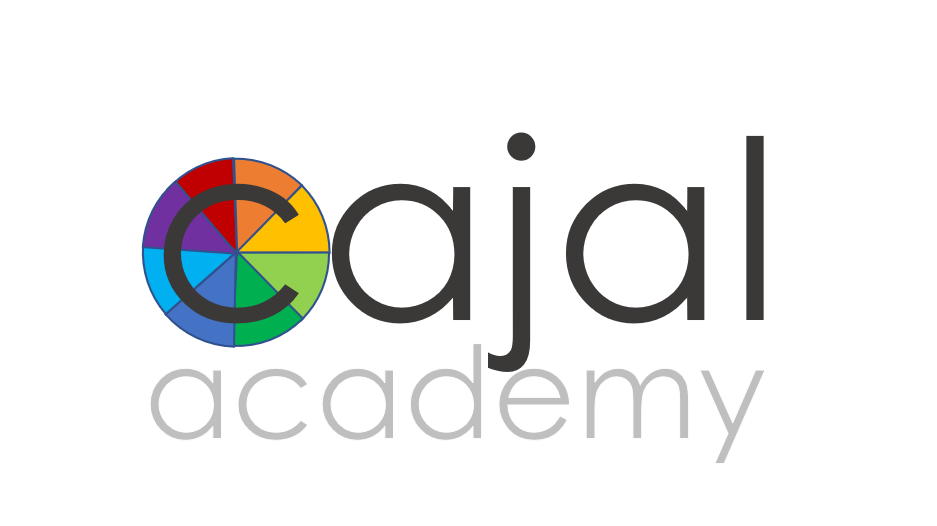When we follow the science, we meet the needs of more of the kids in the room.
It’s time for modern education to meet modern science.
Mainstream educational environments still largely follow the blueprint laid out in the industrial revolution to corral children so their parents could go to work in the factory. Students aligned in rows of desks are urged to “sit still and listen,” suppressing the urge to move while earnestly straining to absorb a litany of facts and figures to pass the next test.
Scientists know an awful lot more now than they did then about how all children learn, about the tremendous diversity of being human, and about how those two intersect. With the development of the functional MRI machine, they’ve been able to observe how movement and sensory input are actually powerful ways to increase academic learning. New studies reveal how certain hidden neurophysiological events can suddenly increase or derail a child’s availability for learning and socializing.
Meanwhile, the economy and the very fabric of society that today’s children will graduate into are fundamentally altered from the ones for which traditional educational environments were designed. After all, when’s the last time you relied on your memory for a key fact or figure when you’ve got a powerful computer sitting in your pocket?
To create truly inclusive educational environments, we must design for the edges.
Educational reformers argue that if we are to succeed in creating truly inclusive educational environments, that innovation work must start with students who are “on the edges.” When we start by creating frameworks that work for even our most complex learners, it’s easy to slot the needs of less complicated students into the middle—and exceedingly difficult to go the other way around.
We agree with this—and we’d add that this changed landscape of new neuro-scientific understandings on the one hand and a whole new economic and social fabric on the other should be the guiding principles that inform that design.
All students benefit when education is aligned with the way kids’ learn.
For complex learners, it’s essential.
As any parent with a child who has complex special needs can tell you, there is a lot that expert therapists in different fields know today that can really shine a spotlight on how kids learn. From neuropsychology to auditory processing and so much more, testing instruments and expert evaluators can quantify a child’s absolute and relative skills at an incredibly granular level.
And yet, we aren’t giving our teachers training and tools they can use to turn that data into differentiation, leaving them to rely on instinct or trial and error while simultaneously juggling the needs of all the other kids in the room. And we are asking them to do that within increasingly-mandated strictures that place postural and attentional demands on kids that often run counter to what scientists now know about how their bodies and brains interact during the learning process.
The further your learning profile is from the center, the more this differentiation matters—and the more unique your neuro-physiological makeup, the more that environment will hold you back. Thus, while aligning education to the way children work as humans just makes sense for all kids, it’s utterly essential if we are to help children with atypical developmental pathways meet their potential.





